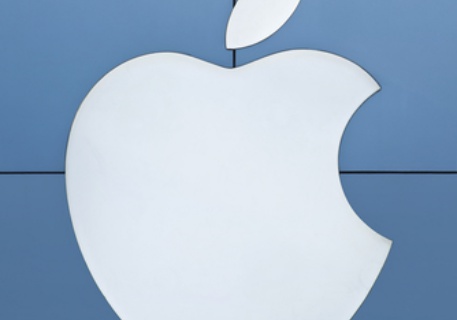
Apple’s long-rumored iWatch will have to work as a fashion accessory, but more important are the implications of iOS-based wearables on the accessibility and ubiquity of data, suggests David Willson at Seeking Alpha.
Apple is rumored to have done a deal with Swatch to make iWatches, but it makes sense for Apple to sign up other luxury brands such as Omega, Tag Heuer and Rolex to do the heavy lifting in making the iWatch popular as a luxury accessory. The market for luxury timepieces has been flagging, and Apple’s cachet couldn’t hurt. That could help explain why Apple hired Burberry’s CEO Angela Ahrendts and Tag Heuer’s VP of Sales Patrick Pruniaux.
But smart watches only make sense if they also combine biometrics and cloud data. Ultimately, Apple’s biometric sensor packages could be placed in bracelets, rings, medallions, clothing and even subcutaneous implants. The purpose wouldn’t be about fashion but to acquire biometric data and serve it via near-field connections to iPhones, iPads and ultimately the cloud automatically.
Apple is already laying the foundations to provide NFC and cloud-based services in automobiles, health, education, enterprise, mobile financial transactions and bricks-and-mortar stores (using iBeacon). Once users are connected through iOS wearables so that bi-directional data-flow and consumption is pervasive, the opportunities for growth in both Apple’s business and new uses of the data should increase significantly.